Correspondence 1.2
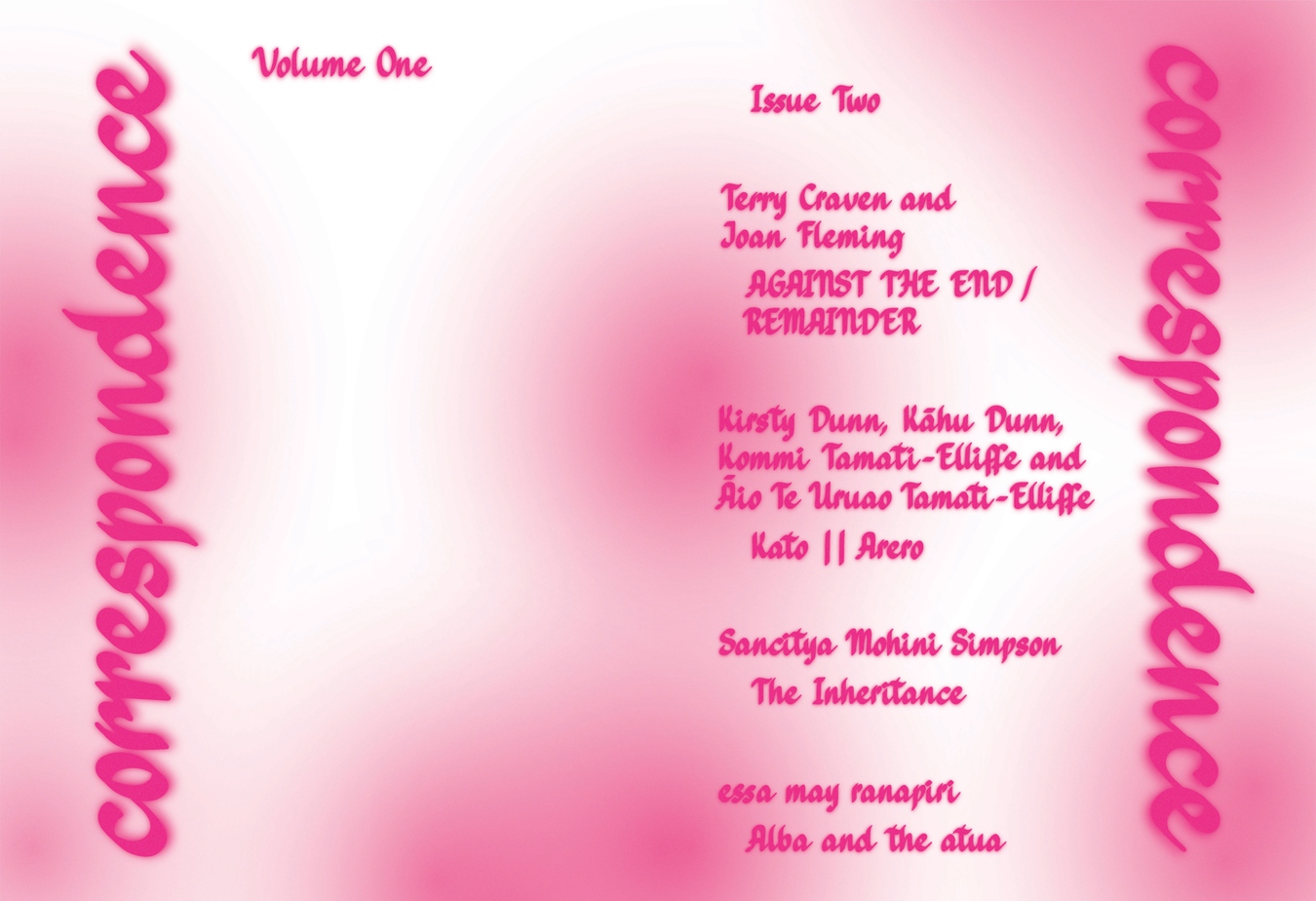
Correspondence 1.2 cover designed by Emma Kevern
Correspondence 1.2 has arrived!
Correspondence is a biannual tabloid, publishing pairs of works for the page, web, and ear, as openings into artistic practices and relationships. In Issue Two, the contributors bring their bodies to bear upon language and other threads within the conversations that extend from Issue One.
Volume One, Issue Two, includes audio and print contributions from Terry Craven and Joan Fleming who continue their correspondence from Issue One; Kirsty Dunn, Kāhu Dunn, Kommi Tamati-Elliffe, and Āio Te Uruao Tamati-Elliffe who have expanded on the kōrero that was shared in the first issue; Sancintya Mohini Simpson, who has been corresponding with Issue One contributor Shivanjani Lal; and essa may ranapiri who corresponded with Faith Wilson, another contributor to Issue One. Sometimes deeply collaborative, and at others just distantly related, the relationships that hold this volume together are an indelible part of the work that has been made.
A new development to Correspondence and the Physics Room's publishing efforts is a new platform for digital publishing; this page! As well as this brief introduction, PDF downloads, and info on how to get a free print copy, you can now click the links on the contents list below to browse the full contributions to Correspondence 1.2. The HTML text adapts to your reading device, and includes the audio editions of each work embedded alongside the digital text and images with alt text for screen-readers. Following the release of Issue Two, you will also be able to read and listen to Correspondence 1.1 here.
Explore the collected work of Correspondence below!
Contents
- Editorial note
Hamish Petersen
-
AGAINST THE END / REMAINDER
Terry Craven and Joan Fleming -
Kato || Arero
Kirsty Dunn, Kāhu Dunn, Kommi Tamati-Elliffe, and Āio Te Uruao Tamati-Elliffe -
The Inheritance
Sancitya Mohini Simpson -
Alba and the atua
essa may ranapiri
Details
Correspondence Volume One, Issue Two
- Published June 2022
- ISSN 2744-7529 (Print)
- ISSN 2744-7537 (Online)
- ISSN 2744-7545 (Sound recording)
- Edited by Hamish Petersen
- Designed by Emma Kevern
- Printed by Allied Press
- 1000 copies of a 32pp tabloid on 52gsm newsprint
- Featuring new audio/print comissions by: Terry Craven and Joan Fleming; Kirsty Dunn, Kāhu Dunn, Kommi Tamati-Elliffe, and Āio Te Uruao Tamati-Elliffe; Sancintya Mohini Simpson; and essa may ranapiri.
Downloads
Download Correspondence 1.2 (PDF) Editorial note by Hamish Petersen (PDF) AGAINST THE END / REMAINDER by Terry Craven and Joan Fleming (PDF) Kato || Arero by Kirsty Dunn Kāhu Dunn, Kommi Tamati-Elliffe, and Āio Te Uruao Tamati-Elliffe (PDF) The Inheritance by Sancintya Mohini Simpson (PDF) Alba and the atua by essa may ranapiri (PDF) Biographies and Colophon (PDF)Correspondence
Volume One, Issue Two
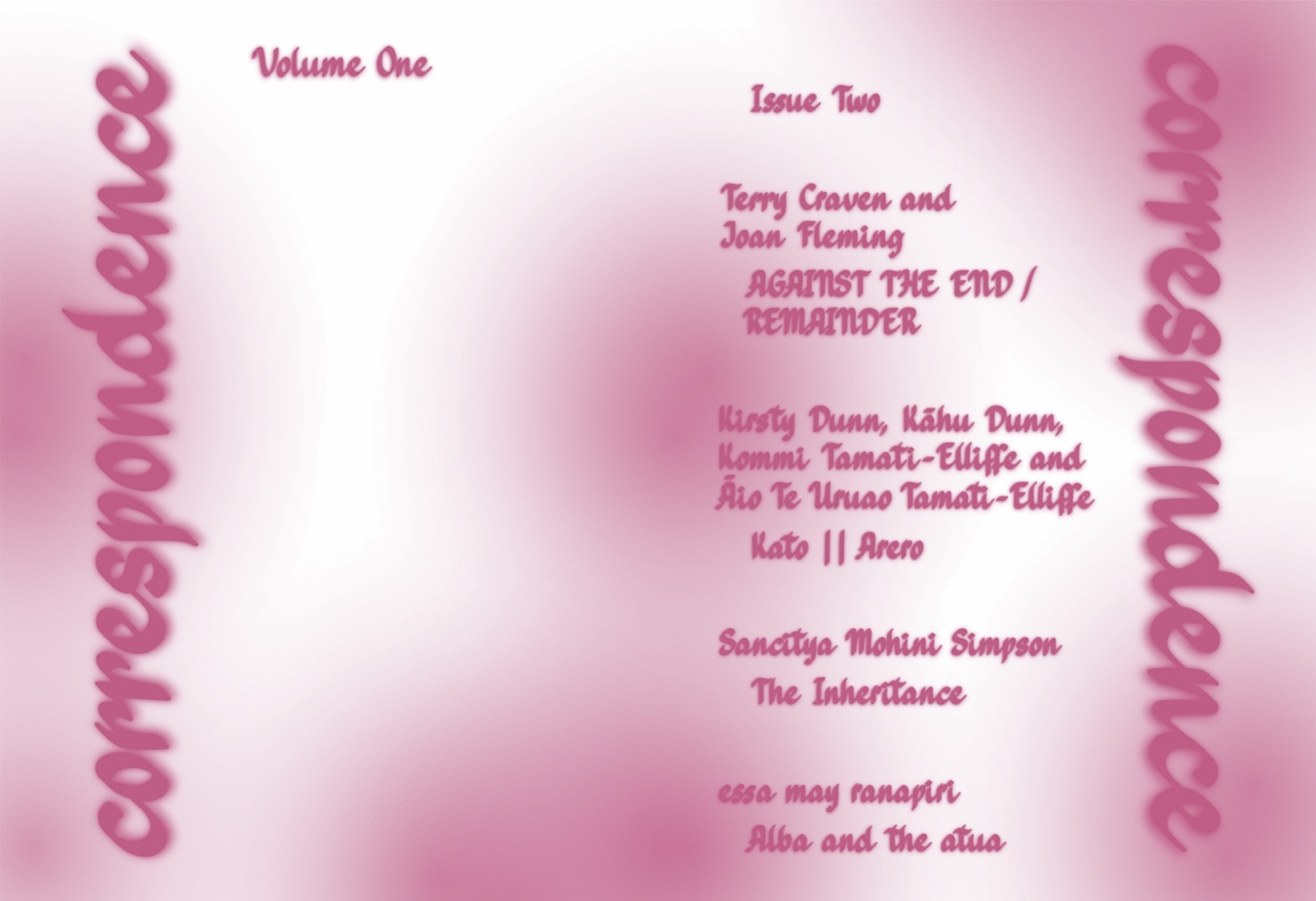
Kia ora anō.
In Issue Two the contributors have brought their bodies to bear upon language.
While Terry Craven continues their practice of marking out extinctions with paint, plaster, and soil, Joan Fleming takes their collaborative text with Terry from Issue One as material to be grappled with. Joan has erased parts of their previous text and re-articulated the remaining words with new suffixes, tenses, and punctuation to arrive at a set of dense blocks, full of life. Words that were distant now rub up against each other, and with Terry’s images, where the names of extinct species have been abstracted with layers of repetition, or lost; perhaps taken back into Terry’s body. Sancintya Mohini Simpson, a friend of Shivanjani Lal (who contributed to Issue One), has piled the remains of burnt sugarcane on the floor and carved language back into them. These materials—sugarcane and language, so loaded with grief, labour, and survival—are reclaimed as a kind of maternal compost from which to grow. These are paired with a short poem and digitally-manipulated family photograph that tell specific, shrouded stories about Sancintya’s maternal lines.
Following their exchange around Kirsty’s poem "Tongue || Tide" in Issue One, Kommi wrote a whiti, presented here as "Kato || Arero." Their kupu are embodied in the drawings by Kommi’s tamaiti Āio, and Kirsty’s tamaiti Kāhu, of their own arero on the previous pages. Though loosely related to each other, these parts are all jointed to the related bodies who gathered around kitchen tables in Ōhinehou to make them. These bodies become even more recognisable in the pātere Kommi wrote and recorded, and which you can listen to by scanning the QR code on page 17. Nēpia Mahuika writes in Rethinking Oral History and Tradition that, unlike people, books cannot be held to account for their words; they cannot respond when questioned. The same could be said about audio files living on the internet. Arguably, sound has a closer relationship to an author though; speech resonates through the whole being as words are formed. This vitality courses through the ventricles of the poems by essa may ranapiri. Working in correspondence with Faith Wilson, who contributed to Issue One, essa’s work here puts their body into the time and geography that they share with Faith in their Clan Gunn affiliations. At times both archaic and colloquial, essa uses the tool of language as what ecologist and philosopher David Abram might call a spell: a way to conjure not just past realities and alternative presents into communicable form, but also manifest futures; bringing the distant and liberating near.
Issue Two is now online, alongside Issue One. You can listen to the audio edition of each contribution, adjust the digital text to your needs, or download individual PDF and EPUB files directly from the webpage for each issue. We have done this to allow better access into the stories in this volume.
It’s been nearly a year since we began work on Correspondence and again the whenua is turning inwards. The nights are long. Good time for listening, reading, or writing. More from us when Matariki returns.
Take care of each other.
— Hamish Petersen
Thank you for the unbearable hello. We are only keeping track. The end you drop on a white page, shadows exact as the name of my life.
...
What obligations do we hold open? Living names graven alongside who brought them. They smell our traps: the draw of the fallen so easily human— silks, stomach, and breasts. The black accidental, also human. First conceded cause.
...
You know to thicken texture from loss, to conceive a way to order these takings into a dark broth. Bodies like black loops, loops, possible black on black on “beautiful”. With black-black, might a viewer ask, Is there anything? Am I not? A bucket filled with spin will not hold her balance. So many birds mean nothing.
![Record of taking [ ] into the body 1 (2021) 420mm x 600mm acrylic, chalk, oil pastel, and pencil on canvas](/media/cache/f8/0a/f80ae584d3fa1819bb4aab03c6a3d572.jpg)
A set of minutes to the edge of drowning. Right up to the edge. Panic, this morning, was muddy with nothing. Worlds are risky, surely; empty of was. I observe you, small gesture: a black dot, thickening the entanglement. Fact: the sick land we happen on bites every want to belong.
...
Us us: complex pest, famous for nesting. A fine bag of disorder—binging on power—living where craving lives, in the lower path. A last night. A circle in dust. The dream’s determination to exterminate, while the dog feeds.
...
What can a fledgling do against Rat’s anywhere? Trees can’t remove the mark, so painful to look at. Hubris, endless. The dissonant underneath names Nature mine, supplier, waste. The river beds pool in rich red and aqua green punishment.
![Record of taking [ ] into the body 2 (2021) 420mm x 600mm plaster, ink, acrylic, pencil, oil pastel, and soil on canvas](/media/cache/13/2c/132c19bcd737c2b12d4bb7cb79d8d91c.jpg)
I know we are the body. And if we, there, in the body (where heat, fight, black, loss, and sleep keep piling up) don’t want to continue—¡wild, sick, crumbled!—I say that each dot was felt, as death sprouts a new head of arriving blossoms.
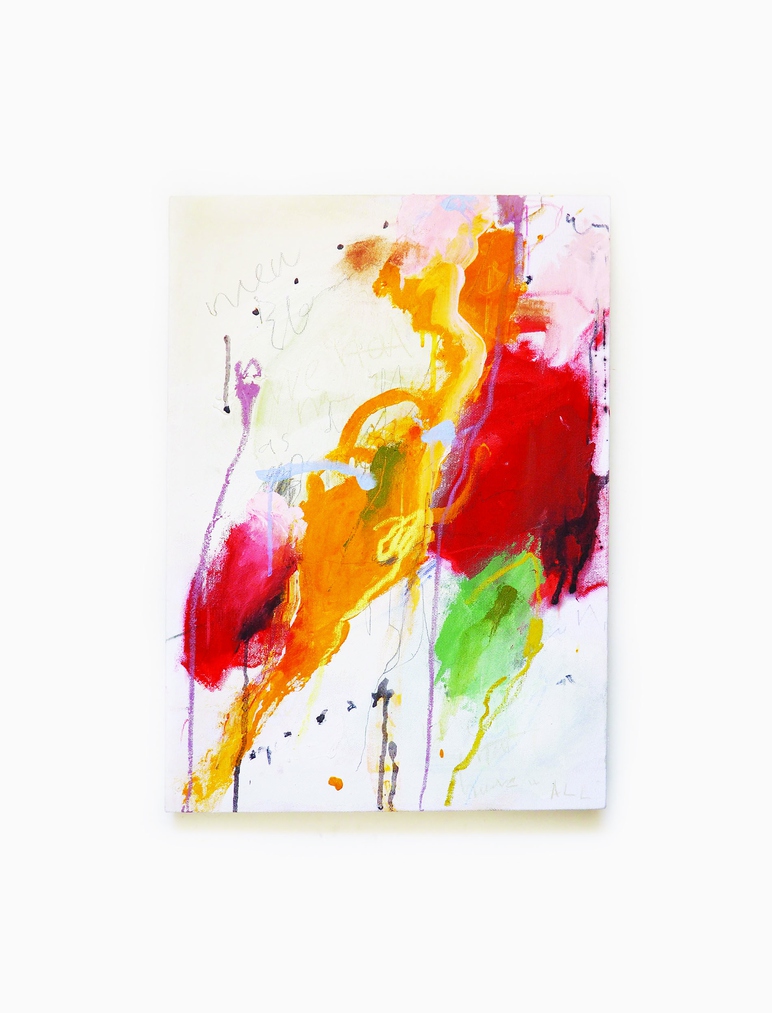
The text—by Joan Fleming—is an erasure of the polyphonic essay Joan and Terry contributed to Correspondence 1.1. The constraint Joan set was to keep all words in their original order, though tense and plurality could be altered. The paintings— by Terry Craven—were made while corresponding with Joan about how to take the facts of mass extinction into the body. Their correspondence spans Issue 1.1 and Issue 1.2.
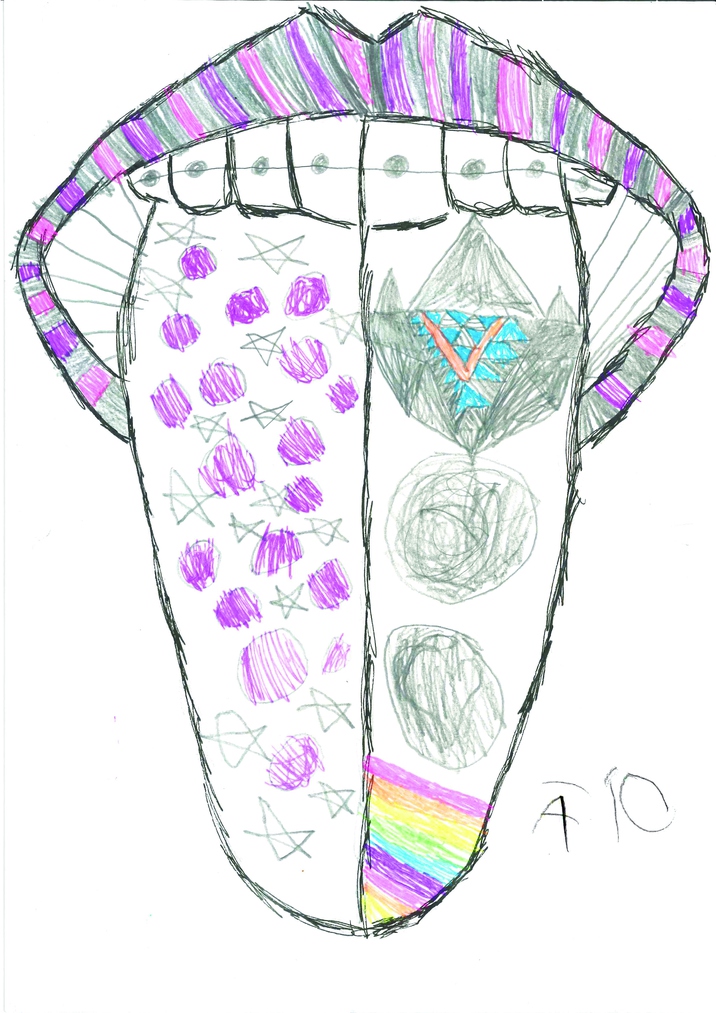
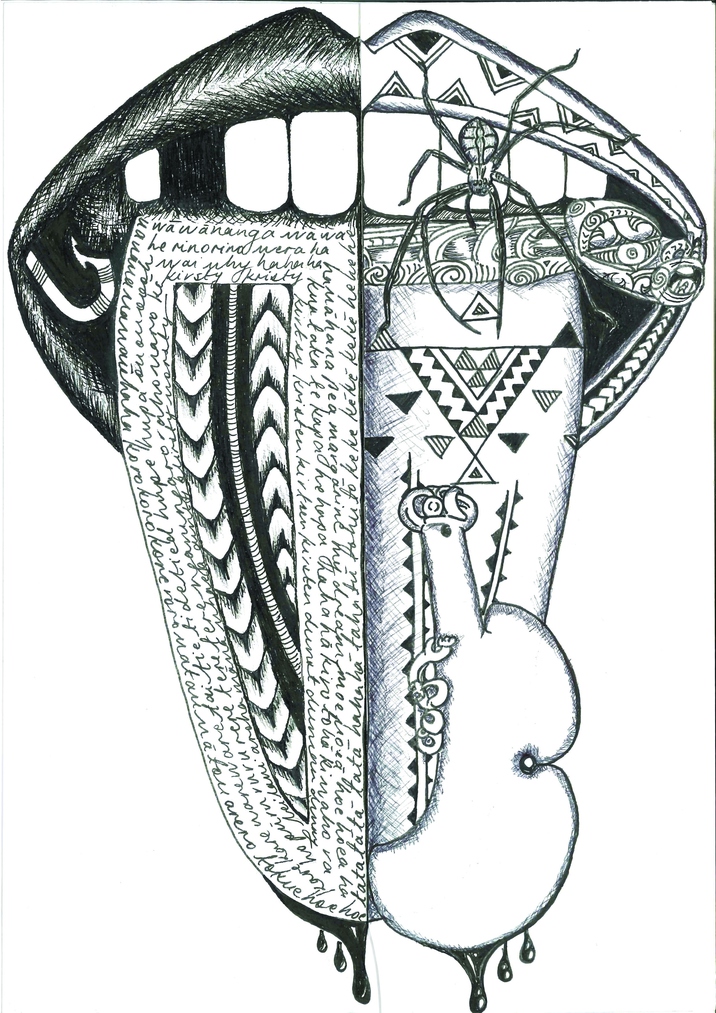
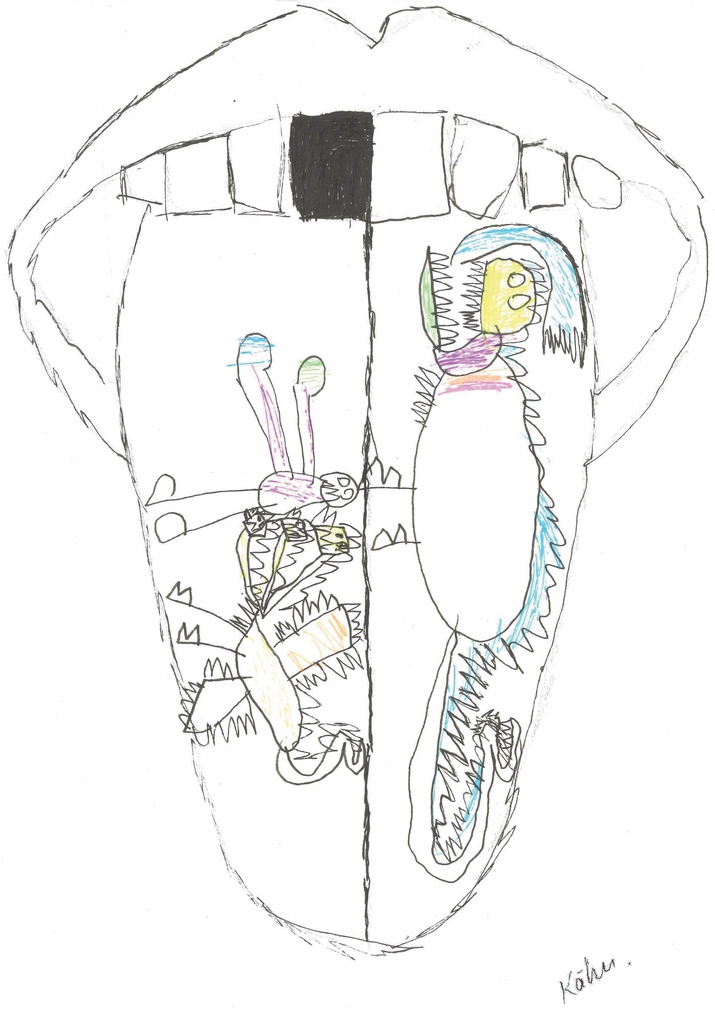
Kato || Arero
Pae kare, aku kare ā-roto
i a au e ruku ana
ki roto i kā karekare
Koia te pae tata
heoi, ua tātā ana,
uaua te ngau paepae
i au e mau tātata ana
Patua rā i tēneki wā e wera
ana te rino
Te rinorino whakahiamo
Koirā ko taku tino kararehe mana atua
Kātuarehe e whakaatu rā taku ūpoko pāpura
E ruaki kai tō te wēra
puha
E tuhatuha ana ki tōu nā waha
e tūwhera ana mai rā
E kuhakuha ana a pukurua i te horo hūare, āe rā
Kūare kā
mea e kore e areare mai ki au
Puare ana te kiteka, hore kau e hau pirau
Tēneki au, ko mauri tau
Te mauka.
Mauria mai rā!
Te mau takata.
Mauria mai rā!
Te takata whakamau.
Mauri atu!
Te mauāhara.
Mauri atu!
Te maumahara.
Mauria mai rā!
Mau te roko.
Mauria mai rā!
Māu tōu ene.
Mauri atu!
Mau ake nei.
Mauri atu!
Te mau tūmārō.
Mauria mai rā!
Ka mau te wehi.
Mauria mai rā!
Te maumau takata.
Mauri atu!
Te takata maumau.
Pōuri atu!
Koia hoki!
He aha hoki!
Hoki atu, hoki atu...
he rawe te roko i tōhoku reo Māori
E kī e kī, te kī a taniwha Pākehā
He hōhā
E hoki atu rā ki tōu
nā hōpua
Kikī ana te wai i te hoki,
waihoki ko ō kohī
Kohikohi tō weta
E hī, e matira
Ko te waha
o te ika
He wahaika
He patu e
He Rātū? E kāo,
he Rāmere kē
Meremere-tū-ahi
Ko te Paraire
kai te haere
Kai te haere mātau ki te wai
Mātau i te wai
Mātauraka
i te korokoro
Anā
tō mokomoko!
Kā karu e pōhiri mai ana ki aku karu
taku kare pōwaiwai
Ko wai?
Ko Wai Uiui
He karekare o
te taitai nunui!
Arā te reo pōhirihiri
Kaua hei hīhiri
Te reo e rere
Te wai e rere
Te ika e rere
Te manu e rere
Te iere, te iere
tere - teretere
te pūkā werewere
Kai te hiawai
Kai te hiainu
Pūpū ake te huare
Tē aro i au
kīhai i areare au
Mō te wareware au
Te koa
te pukukatataka
o te āhuataka
Ko taka te kapa¿
Kato || Arero: hei whakamārama
Pae kare, aku kare ā-roto
i a au e ruku ana
ki roto i kā karekare
Koia te pae tata
heoi, ua tātā (very heavy rain) ana,
uaua te ngau paepae (taikawa – latrine beam)
i au e mau tātata ana
Patua rā i tēneki wā e wera
ana te rino
Te rinorino whakahiamo
Koirā ko taku tino kararehe mana atua
Kātuarehe e whakaatu rā taku ūpoko pāpura
E ruaki kai (kei - like) tō te wēra (whale’s)
puha
E tuhatuha ana ki tōu nā waha
e tūwhera ana mai rā
E kuhakuha ana a pukurua i te horo hūare, āe rā
Kūare kā
mea e kore e areare mai ki au
Puare ana te kiteka, hore kau e hau pirau
(laying it on thick)
Tēneki au, ko (kua) mauri tau
Te mauka.
Mauria mai rā!
Te mau takata (hospitable person).
Mauria mai rā!
Te takata whakamau.
Mauri atu!
Te mauāhara.
Mauri atu!
Te maumahara.
Mauria mai rā!
Mau te roko.
Mauria mai rā!
Māu tōu ene (go and bite yo ass).
Mauri atu!
Mau ake nei (forever and a day).
Mauri atu!
Te mau tūmārō (persistence).
Mauria mai rā!
Ka mau te wehi.
Mauria mai rā!
Te maumau takata.
Mauri atu!
Te takata maumau (wasteful person).
Pōuri atu!
Koia hoki! (I agree wholeheartedly!)
He aha hoki! (No way!)
Hoki atu, hoki atu... (I’m sick of hearing about...)
he rawe te roko i tōhoku reo Māori
E kī e kī, te kī a taniwha Pākehā
He hōhā
E hoki atu rā ki tōu
nā hōpua
Kikī (full) ana te wai i te hoki,
waihoki ko ō kohī (diarrhoea)
Kohikohi tō weta (faeces)
E hī, e matira (to fish (with a rod))
Ko te waha
o te ika
He wahaika
He patu e
He Rātū? E kāo,
he Rāmere kē
Meremere-tū-ahi
Ko te Paraire
kai (kei) te haere
Kai te haere mātau (mātou) ki te wai
Mātau i te wai (knowing in the water)
Mātauraka
i te korokoro
Anā
tō mokomoko! (serves you right!)
Kā karu e pōhiri mai ana ki aku karu
taku kare pōwaiwai
Ko wai?
Ko Wai Uiui (Inquisitive Water)
He karekare o
te taitai nunui!
Arā te reo pōhirihiri
Kaua hei hīhiri (spring up (of thoughts), desire)
Te reo e rere
Te wai e rere
Te ika e rere
Te manu e rere
Te iere, te iere
tere - teretere
te pūkā werewere
Kai (kei) te hiawai
Kai (kei) te hiainu
Pūpū ake te huare
Tē aro i au (I was not aware...)
kīhai i areare au (...that I was not aware)
Mō te wareware au
Te koa
te pukukatataka
o te āhuataka
Ko (kua) taka te kapa¿
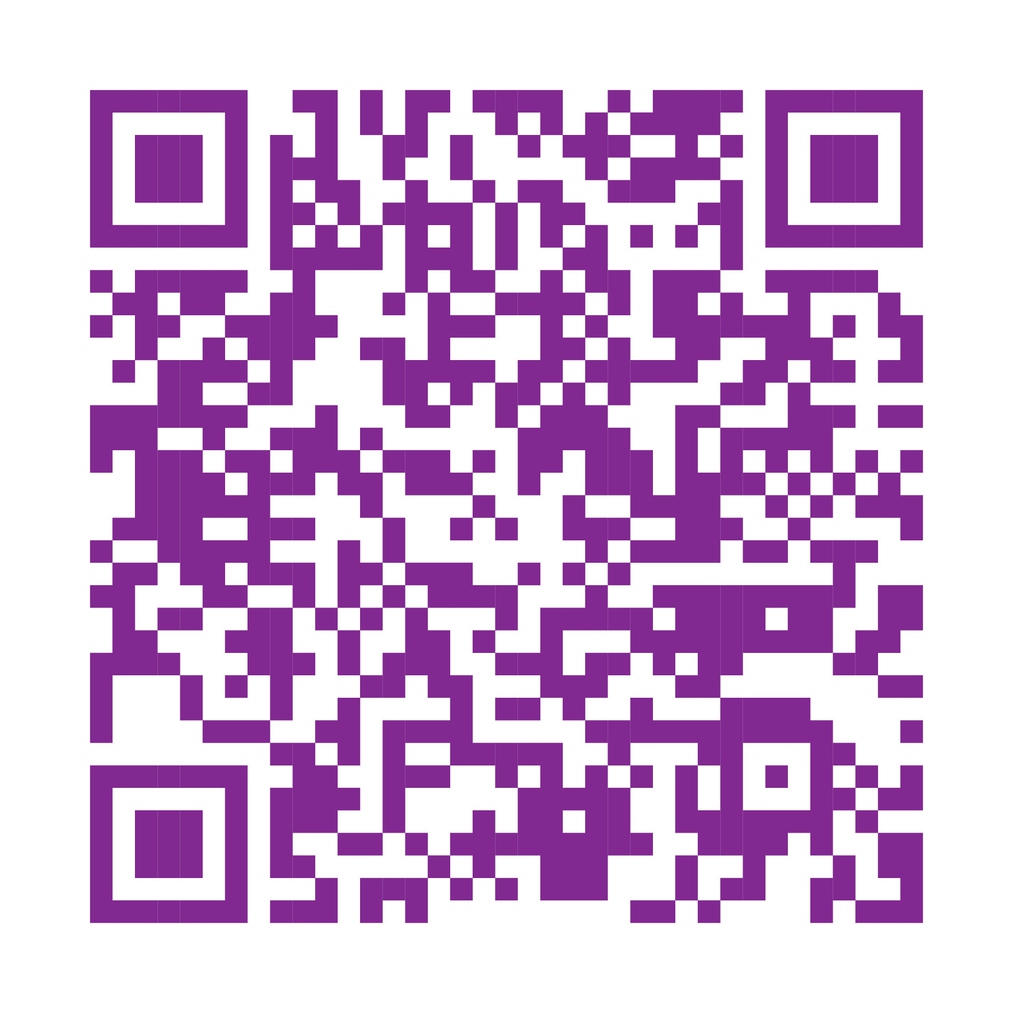
Tongue || Tide
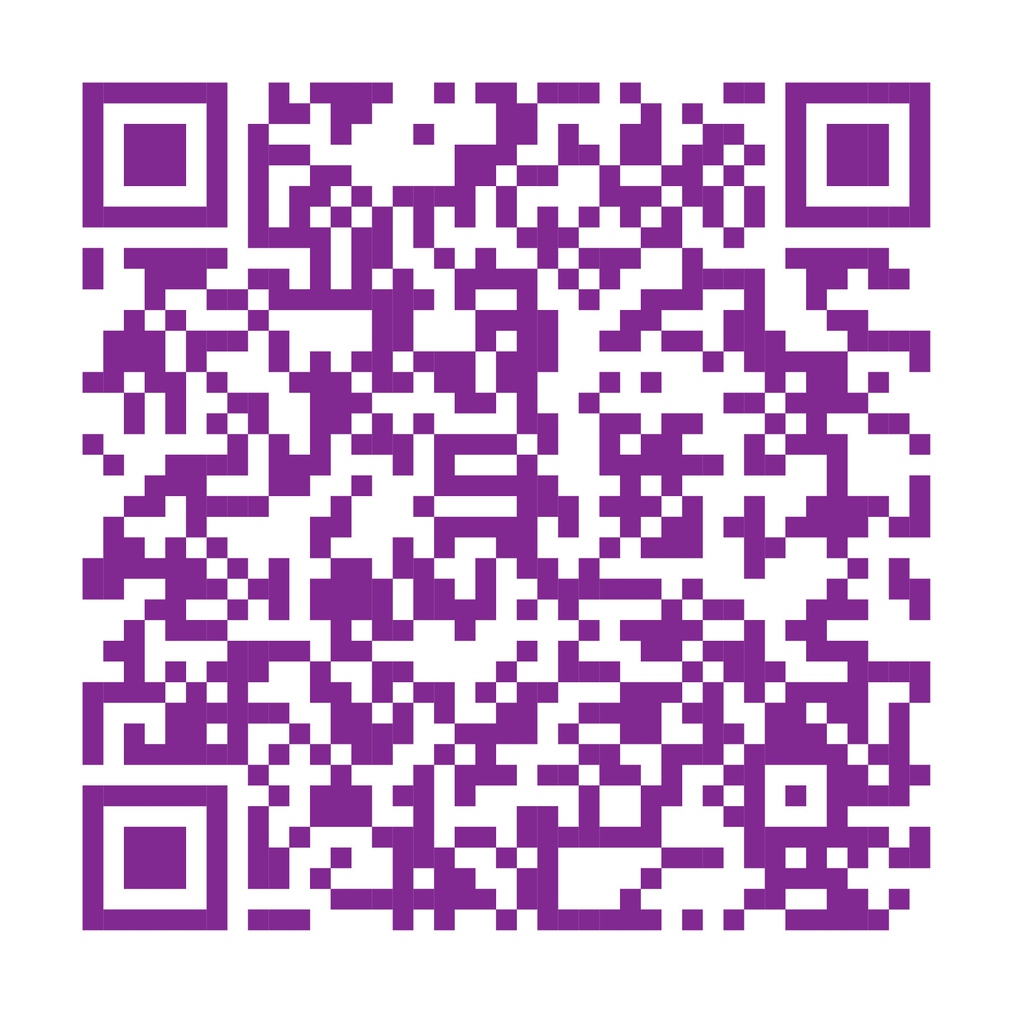
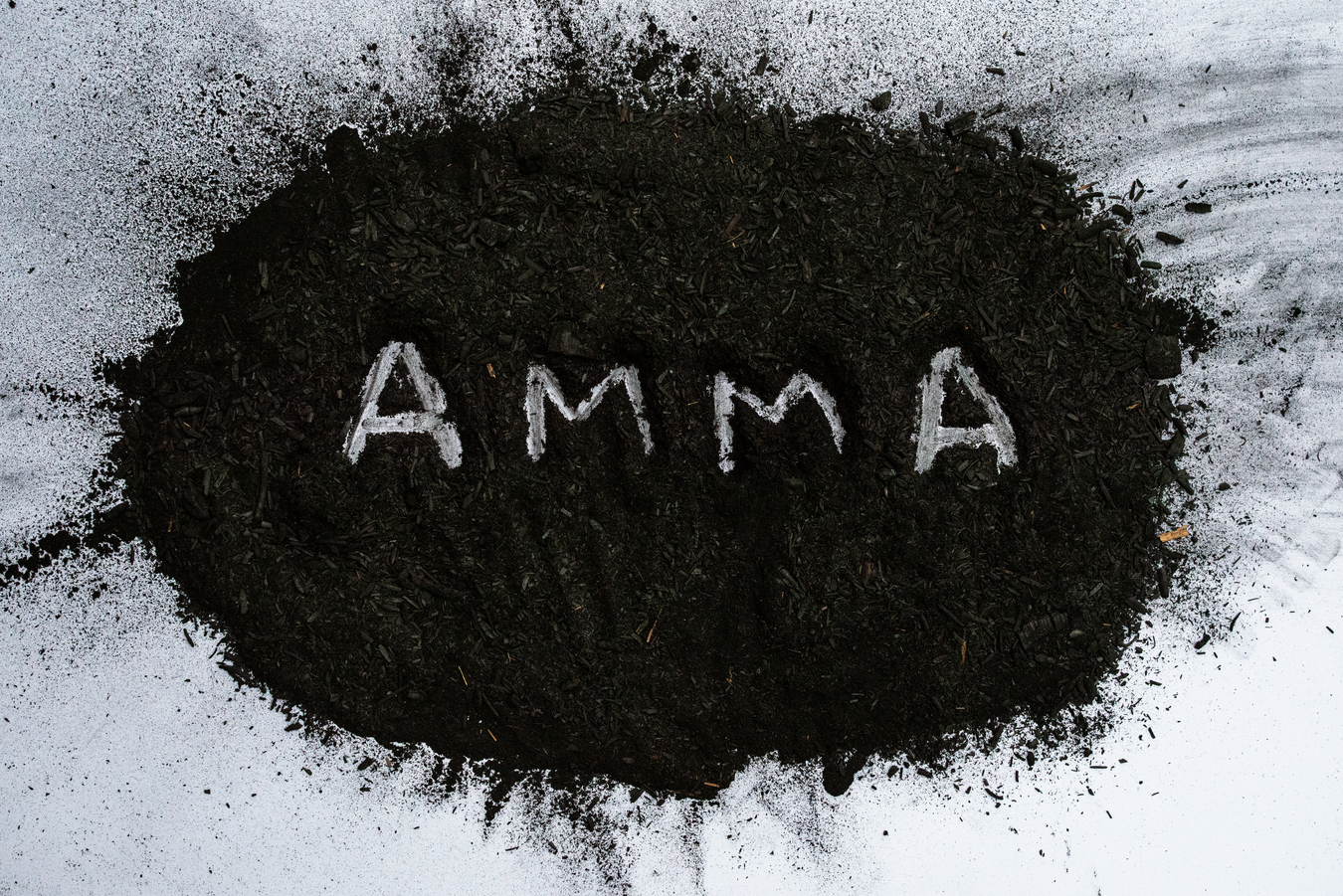
The Inheritance
Sinking into
a dusty mattress
caressing dog-eared edges softened by time
they sound like
a tongue clicking
disgust flicking
she folds them over
like lovers
her haldi-coloured nails and sugar
in her body
her DNA
she unfolds
futures
her red bangles
jingle
her hand glides
as she sweeps
them into one stack
the weight
of the cards
the possibilities
wrapped in satin cloth
in her hand.
Works:
Amma, Sugarcane ash, digital photograph, 2022.
The Inheritance, scanned photograph and digital drawing, 2022.
Mother, sugarcane ash, digital photograph, 2022.
Dear Alba
what runs through this broken engine
what spat up out of Albion
what whakapapa gets cross-wired
the viking anachronistically clicks
on the image of themselves
helmet adorned with horns
two for each devil on their back
eagle wings eagle wings eagle wings
these wings turn into a bird
or seraphim so many-eyed
and many-wheeled
building their own way through the water
how meat did we have to make of life to get here?
fish and boar and other beasts
my own mythology of segmented flesh
strike up conversation in the savagery of it
from where I’m standing I can see all the tongues
that the English have cut out
did you bagpipe along to the gargling
blood pooling in the cavities of language
when it dries you have a new red paint job
making everything brand new for the next four seasons
a breath that takes the ashes out
what weapon did they give you
what mascot-ed populace
the first of you to come here
were on the endeavour
with that one that the kānaka maoli
would turn cooked
a part of me wished this line of blood never happened
look at how much it spilled
do I turn myself inside out
screaming peace or war ad nauseum?
but it looks like you decided
the alba in albion the war machine
chugging along
let me lie inside it and fall asleep to
its rumbling
praying that the highlands hadn’t been
so utterly compromised
that you never had to leave
A Shadow or a Snake
(after ‘Address to the Devil’ by Robert Burns)
did the devil exist before you lot got here?
the fish of Māui had ātua with their own ways of seeing the world
of being the world
but none to mark so utterly with horns
before the Devil came
Whiro got to hang out in the dark
like night-time was something completely natural to be in
then a story came
from Christian mouths
that turned us in Whiro’s stomach
evil was uttered over their sleeping form
when they arose again
the creatures in the dirt took on a new
meaning and we learnt to carve the word
evil into the night-sky
Tartan
when I found the words for who I was
or what it is I am
there was a knife-edge glint on the word woman
transformed in the light of the sun
just to see what it would be like
I started trying on
my best friend’s skirts
one was the colour of wet hair in a storm
the other a baby’s blue room
freshly gendered
I slipped one up over skinny jeans
some grotesque parody of early 2000s fashion
a preschool child trying on their parents’ make‐up
but if it was a kilt?
someone shares a picture of Oscar Isaac on twitter
he’s wearing a suit jacket with a grey kilt
there is no tartan
the kilt and the skirt
or the skirt and the piupiu
would they all get the same
reaction
from men at the service station?
I look up Gunn tartan on Google
there are so many possible options that I’m overwhelmed
I save as a dream of who I was
piupiu rustling around my hips
as I swing the poi
as I whir myself into being
lain on the ground as my mother wraps me in
tartan secures me in the fabric
would these moments have
settled my disturbed stomach?
the only Gunn I’ve met
a man who gave me a Marvin the Martian
bike helmet for my ninth birthday
the house smelling of Christmas pies
or was it the slow turning of life into death?
his funeral was the first I attended
the first time I learnt that celebration could
look like a tear trailing down the cheek
bloodshot eyes trying to see where he had gone
I don’t remember anyone wearing tartan at the ceremony
nothing of that line made it into the church
the original colours have all been lost anyway
the sticks used to test the threads rotting
in the highland mud
Tangaroa at the Loch
Tangaroa watches his moko raise
their head above the water
like a finger breaking
through a black line
the taniwha of the loch is cautious
concerned about more bad flash photography
still feels a kind of way about that first photo
monochrome and grain
when the monster knows there is no one
except for
the foreign sea
sitting in the grass
they will climb up onto the land like a seal
all oily rainbow and flippers
bounding like a dog
to visit the carvings the long dead Picts
left to remind us
of their existence
Nessy thinks about crossing the short distance to
their koro
how easy it would be to bound
that gap between
but something stops them
and Tangaroa just watches with tears in his eyes
he has had time for some of his moko
oceans of it
but he never got to establish a proper relationship with
this lochness monster
the hours of staring at a screen and not pressing send
and the days of not even thinking about it
how long had it been?
was it before Tangaroa was even Tangaroa
Tagaloa perhaps
when the domain of water meant everything
essa may ranapiri (Ngāti Wehi Wehi, Ngāti Raukawa, Te Arawa, Waikato-Tainui, Ngāti Pukeko, Ngāti Takatāpui, Na Guinnich) is a poet who lives on Ngāti Wairere whenua. They have a great love for language, LAND BACK, and hot chips. Their first book of poetry ransack was published in 2019. ECHIDNA is their second book. They will write until they’re dead. (they/ia)
essa has been corresponding with Faith Wilson, who contributed to Issue One.
Terry Craven is a painter and co-owner of Desperate Literature, Madrid. He is represented by Arniches 26 Gallery and his writing has appeared in 3:AM and The London Magazine.
Joan Fleming’s latest book is Song of Less (Cordite Books, 2021), a verse novel exploring ritual, taboo, and the limits of individualism in the ruins of ecological collapse.
Terry and Joan’s correspondence continues from Issue One.
Kirsty Dunn (Te Aupōuri, Te Rarawa, Ngāpuhi) is a writer, researcher, and māmā based in Ōhinehou. She recently completed her PhD in Māori Literature in English at the University of Canterbury.
Ko Kāhu Dunn tōku ingoa. He tino pai a Godzilla.
Ko Kirsty tōku māmā.
Ko Sam tōku pāpā.
Kommi Tamati-Elliffe (Kāi Tahu/Te-Āti-Awa) is a propagator of te reo Māori. A musician/rapper and lecturer in Māori and Indigenous Studies who teaches reo throughout the community with regular collaborations with Kāi Tahu artist Turumeke Harrington, Kāi Tahu artist/writer Kiri Jarden, and Kāi Tahu/Ngāi Tai musician Marlon Williams.
Ko Āio tōku ingoa.
He pai ki ahau ki ngā kaipūtaiao. Ko Emma tōku māmā.
Ko Kommi tōku pāpā.
Ko Kāhu taku hoa.
He tino pai a Kāhu ki ahau.
Ko Kirsty tōna māmā.
Ko Sam tōna pāpā.
Kirsty and Kommi’s correspondence continues from Issue One.
Sancintya Mohini Simpson is a descendent of indentured labourers sent from India to work on colonial sugar plantations in South Africa. Her work navigates the complexities of migration, memory and trauma—addressing gaps and silences within the colonial archive. Simpson’s work moves between painting, video, poetry, and performance to develop narratives and construct rituals that reflect on her matrilineal lineage.
Sancintya has been corresponding with Shivanjani Lal, who contributed to Issue One.
Correspondence
Volume One, Issue Two June 2022
ISSN 2744-7529 (Print)
ISSN 2744-7537 (Online)
ISSN 2744-7545 (Sound recording)
Designed by Emma Kevern Printed by Allied Press, Ōtepoti
Published by The Physics Room Ōtautahi, Aotearoa
The Physics Room works within the takiwā of Ngāi Tūāhuriri.
Correspondence publishes pairs of works for the page and ear as openings into and through artistic practices and relationships. You can also access Correspondence as a digital publication including audio editions of each contribution and downloadable PDFs and EPUBs at www.physicsroom.org.nz/publications.
Correspondence is edited by Hamish Petersen, with assistance from Abby Cunnane and Amy Weng, supported by the whole Physics Room staff: Audrey Baldwin, Honey Brown, Chloe Geoghegan and Orissa Keane. To contact the editor, write to hamish@physicsroom.org.nz, or call the office at +64 3 379 5583.
Thank you to all of the contributors to and collaborators on Correspondence Volume One (Issues One and Two). Correspondence Volume Two will begin to take shape once Matariki returns to the sky.
The Physics Room is a contemporary art space dedicated to developing and promoting contemporary art and critical discourse in Aotearoa New Zealand. The Physics Room is a charitable trust governed by a Board of Trustees.
© The Physics Room, 2022
This work is licensed under a Creative Commons Attribution-ShareAlike 4.0 International License. To view a copy of this license, visit http://creativecommons.org/licenses.by-sa/4.0/. Images are exempt and are copyright of the authors.
